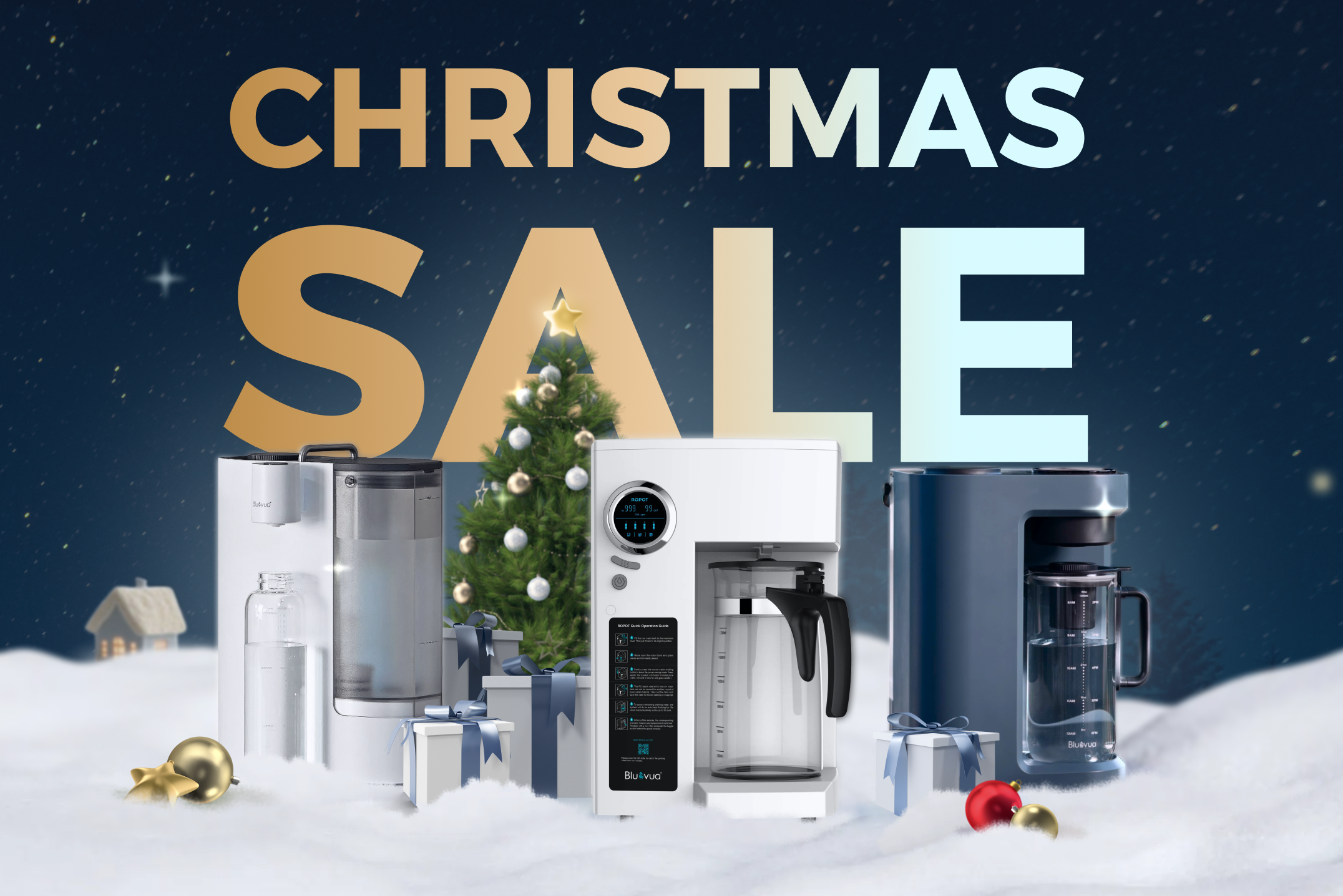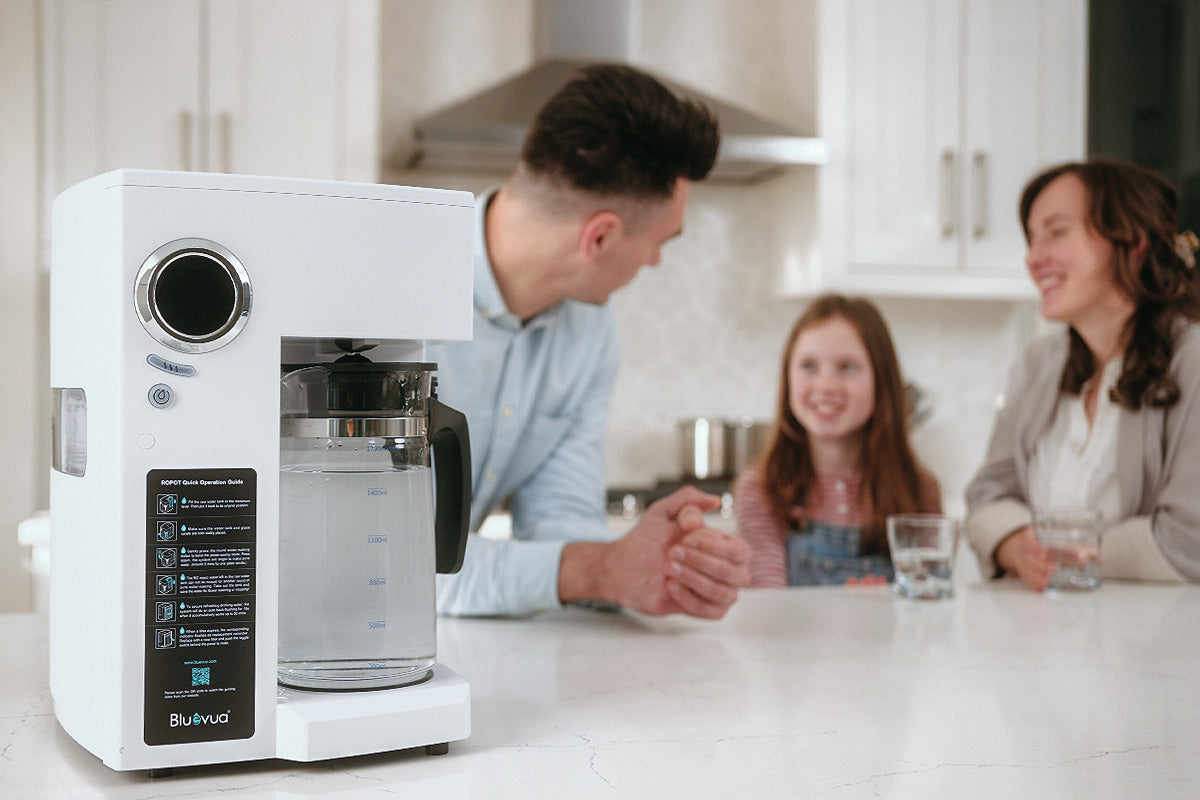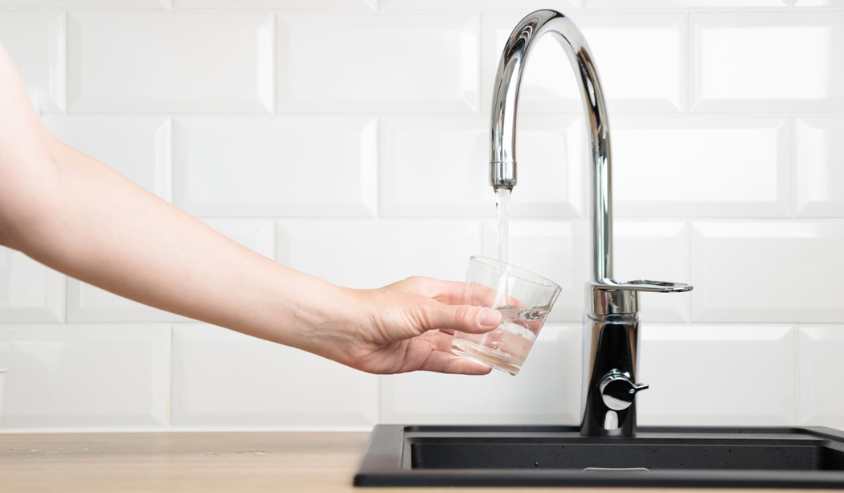We often turn on the tap without a second thought, trusting our drinking water to be clean and safe. And for many households, it is. But in some areas across the U.S., tap water quality can be affected by aging pipes, local pollutants, and even naturally occurring substances in the water source. If you're a parent, homeowner, or just someone who cares about your health, understanding what's in your water, and how to improve it, is a smart step towards peace of mind.
For many Americans, it is. But across the country, a combination of aging infrastructure, environmental contamination, and emerging threats like PFAS "forever chemicals" means that not all tap water is created equal. The quality of your drinking water is a complex issue, and transparency is key. Understanding the potential risks and knowing how to protect yourself is more important than ever.
The 10 US Cities with the Worst Water in 2025
Every year, environmental organizations and infrastructure reports help flag areas where water quality may be more vulnerable. Based on publicly available sources like EPA and USNEWS, here are key cities to keep an eye on in 2025.
| Rank | City, State | Primary Concerns |
| 1 | Pittsburgh, PA | High levels of lead from aging service lines |
| 2 | Newark, NJ | Ongoing lead pipe replacement; historical lead exceedances |
| 3 | Flint, MI | Lingering effects of the lead crisis; damaged infrastructure |
| 4 | Milwaukee, WI | Lead service lines; chromium-6 contamination |
| 5 | Brady, TX | Radium and other radioactive contaminants |
| 6 | Dos Palos, CA | Trihalomethanes (disinfection byproducts) and nitrates |
| 7 | Pensacola, FL | High levels of PFAS "forever chemicals" |
| 8 | Houston, TX | Radioactive contaminants and disinfection byproducts |
| 9 | Detroit, MI | Lead service lines and aging infrastructure challenges |
| 10 | Charleston, SC | Disinfection byproducts and potential PFAS contamination |
These cities aren't necessarily unsafe, but they serve as examples of where families should pay closer attention to local water quality reports.
What Really Affects Your Tap Water Quality?
The journey water takes to your tap is long, and problems can arise at multiple points along the way.
Source Water Contamination: The Starting Point of Problems
It all begins at the source—the river, lake, or aquifer. This water is rarely pure. It can be contaminated by agricultural runoff carrying pesticides and fertilizers, industrial discharge containing heavy metals and chemicals, and urban runoff that washes pollutants from our streets directly into waterways.

The Water Treatment Process: The Critical Barrier
Water treatment plants are our main line of defense, but they aren't foolproof. Aging facilities may struggle to remove modern contaminants. The very process of disinfection, while essential for killing bacteria and viruses, can create its own problem by forming Disinfection Byproducts (DBPs) when chlorine reacts with organic matter in the water. Some of these DBPs are linked to health risks.
The Distribution System: The Last Mile Challenge
Even perfectly treated water can be compromised on its way to your home. Much of America's drinking water infrastructure is decades old, receiving a D- grade from the American Society of Civil Engineers. Old pipes made of lead can leach this toxic metal into the water. Breaks can allow contaminants to enter the system, and biofilms can grow on the inside of pipes, harboring bacteria.

Emerging Contaminants and Unforeseen Threats
New contaminants are also continually being discovered. Chemicals commonly referred to as "forever chemicals," such as PFAS, have now been detected in water supplies across the country. Microplastics are another concern, along with traces of pharmaceuticals and personal care products that are not filtered out by conventional treatment. These emerging contaminants present unknown long-term threats.
The Dangers of Drinking Poor-Quality Tap Water Over the Long Term
The ramifications of regularly consuming polluted water are grave and may develop gradually over an extended period.
- Toxic Chemicals Exposure: Long-term contact with toxins like lead can lead to developmental issues in children and cardiovascular disease in adults. Arsenic and chromium-6 are accountable for cancer risk.
- Greater Threat of Waterborne Disease: Less common in the US, but giardia or cryptosporidium bacteria and pathogens can cause acute gastrointestinal illness if a treatment system is breached.
- Skin and Hair Effects: Hard water, which is laden with minerals like calcium and magnesium, isn't exactly harmful to health to drink, but it will dry out skin and hair and lead to eczema outbreaks.
- Toxic Compound Buildup: The human body has a tendency to build up some heavy metals and chemicals cumulatively over the years, and this can cause long-term illnesses, which cannot be easily traced to any specific cause.
Essential Steps to Test Your Tap Water Quality
Your best defense is education. You don't have to guess what's in your water; you can educate yourself. Start by reading your local water utility company's yearly water quality report, also known as a Consumer Confidence Report (CCR). You can search for the data on the EPA’s website.The report lists regulated contaminants in your water and whether they exceed legal levels.
For more accurate results for your particular tap, two main methods are present for testing:
- Do-It-Yourself Home Testing Kits: These are inexpensive strips or kits that one can purchase online or in hardware stores. They give instant results for general problems such as lead, chlorine, and water hardness. The disadvantage is that they are less accurate than laboratory tests, and they don't check for a broad spectrum of contaminants.
- Professional Lab Testing: To obtain a precise and extensive analysis, one may send a sample of water to a state-certified laboratory. This is the ideal method for testing for a broad range of contaminants, such as PFAS, VOCs, and heavy metals. Despite the higher cost and extended waiting period, this alternative ultimately offers peace of mind and definitive results.

How to Improve Your Tap Water Quality
Once you know the makeup of your water, you can take suitable steps to improve its quality.
Install an RO (Reverse Osmosis) Water Purifier
Reverse Osmosis (RO) systems are the pinnacle of home water filtration, capable of eliminating up to 99% of impurities like lead, arsenic, fluoride, and PFAS. While traditional under-sink RO systems offer incredible performance, they often require professional installation. For a more accessible and affordable solution that delivers the same powerful filtration, consider a countertop unit like the Bluevua ROPOT(UV) system. Its superior 6-stage filtration combines UV light and a remineralization filter to eliminate dangerous contaminants while enriching the water with essential minerals for a balanced, healthy taste.For those seeking an even more advanced level of filtration, Bluevua also offers the ROPOT-Lite(UV) model, which features a 7-stage filtration system.

Choose the Right RO System for Your Lifestyle
What makes the Bluevua ROPOT really stand out is how it combines serious filtration with a no-fuss design. It doesn’t just remove 99.9% of contaminants with its advanced 5-stage process; it also adds back essential minerals to ensure the water tastes clean and balanced. A huge plus is the high borosilicate glass carafe. This means your purified water is stored in pure glass, not plastic, so you don't have to worry about any weird aftertastes or secondary contamination.

On top of that, it's incredibly user-friendly. There’s no complicated installation—you just plug it in. A smart Filter Life Monitor even tells you exactly when it's time for a new filter, so there's no guesswork involved. It’s this blend of powerful filtering, safe materials, and simple convenience that makes it such a great choice for any home.
Consider a Water Softener for Hard Water Issues
A water softener is the right solution if your main issue is hard water, that chalky buildup on faucets and appliances. It’s excellent for protecting your home’s plumbing from scale. But let's be crystal clear: a water softener does NOT purify drinking water. It leaves dangerous contaminants like lead, pesticides, and PFAS.
To ensure the water you drink is truly safe, you need a dedicated purifier. That’s why many smart homes use both: a whole-house softener to protect pipes and a point-of-use RO system, like the Bluevua RO System, for pure, healthy drinking water.
Opt for Bottled Water as a Temporary Solution
In a water quality emergency, bottled water is a safe temporary fix. However, as a long-term solution, it's expensive, creates significant plastic waste, and can contain microplastics. A home RO system is a far superior alternative, delivering purer water at a fraction of the cost without the plastic or hassle. Think of bottled water only as a short-term bridge while you implement a permanent, more reliable filtration solution in your home.

Even with these water quality improvements in place, it's crucial to continuously test and monitor your water quality to ensure ongoing effectiveness and safety.
Conclusion
Don't leave your family's health to chance with uncertain tap water quality. Investing in a Reverse Osmosis (RO) system is the most effective way to eliminate a wide range of contaminants, ensuring that every glass of water from your tap is pure, safe, and trustworthy.





ทิ้งข้อความไว้
ความคิดเห็นทั้งหมดจะได้รับการตรวจสอบก่อนที่จะเผยแพร่
เว็บไซต์นี้ได้รับการคุ้มครองโดย hCaptcha และมีการนำนโยบายความเป็นส่วนตัวของ hCaptcha และข้อกำหนดในการใช้บริการมาใช้